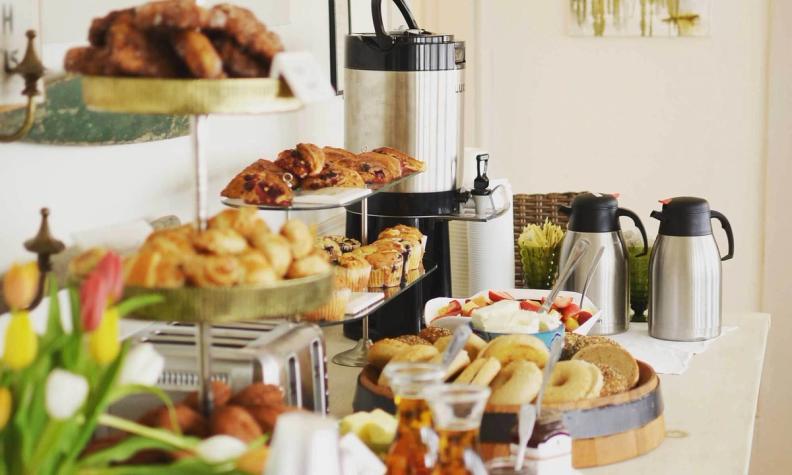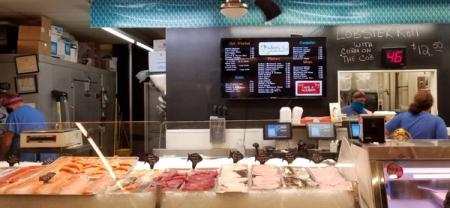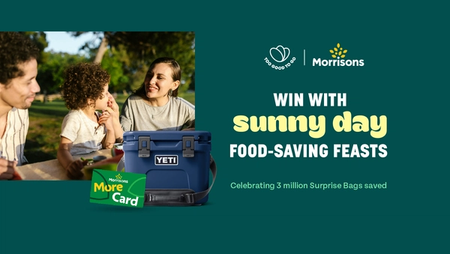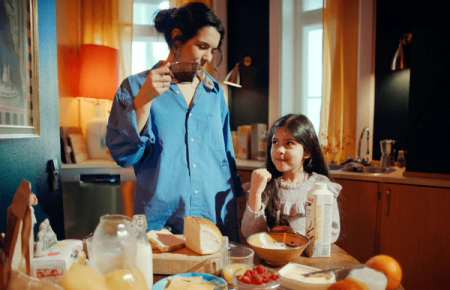All-you-can-eat settings are notorious waste generators. The good news? There are smart, quick ways to work around these obstacles - and none of them compromise customer satisfaction.5 quick buffet tweaks to cut food waste costs

All-you-can-eat settings are notorious waste generators. Why?
- It’s hard to perfectly match supply with demand. From a customer satisfaction perspective, it’s better to have too much food than let a diner go hungry.
- Visual merchandising. Abundant, full trays look infinitely more fresh and appealing than half-empty ones - even if they’re filled with more than is required.
- Value-for-money psyche. In an all-you-can-eat setting customers will often take more than they need, leading to a high level of plate waste.
The good news? There are smart, quick ways to work around these obstacles - and none of them compromise customer satisfaction.
Keep half-size serving trays in reserve
As foot traffic dwindles towards the end of service, so do the chances of full-sized, freshly filled trays being finished. The problem is, late-arriving customers expect the same experience as their early-arriving counterparts: abundantly filled trays, and the full variety of food options.
Towards the end of service, try swapping your large serving trays for smaller ones. It means you can still fill the trays up - creating the impression of freshness - but you’re less likely to provide an excess of what’s needed.
Ditch the carrier trays and shrink your serveware
Both serveware and tableware act as silent communicators. They say to the customer, ‘This is how much you’re meant to take’.
However big the serving spoon, that’s how big the scoop will be. However much food your plates can fit, that’s how much will be taken. Consider providing smaller versions and watch how your post-consumer waste shrinks to match.
Smaller plates and bowls also limit how much guests can carry in one trip. Double-down on this tactic by removing carrier trays.
Create a cook-to-order station
Cook-to-order stations let you better match production with demand. They’re a great way to serve high-cost items, or items that guests like cooked in specific ways (like eggs).
Get clever with your displays
Consider ways you can create an appealing spread that won’t require an abundance of food in order to look good. For example, try displaying items on tiered trays for a dimensional effect that fills the vertical space. And instead of piling muffins into a bowl, place them in neat, spaced out rows on a plate - you’ll need fewer muffins to create a ‘full’ effect.
Leave items unmixed
Wherever you can, give guests the option to build their own meal according to their preferences. For instance, instead of pre-mixing your fruit salad, separate the cut fruit into bowls so guests can create their own mix. This means any fruit that isn’t to the customer’s preference will be left in buffet trays, not on their plates.
Blogeintrag teilen
start saving food today
Our app is the world's largest marketplace for surplus food. We help users rescue good food from going to waste, offering great value for money at local stores, cafes and restaurants.



